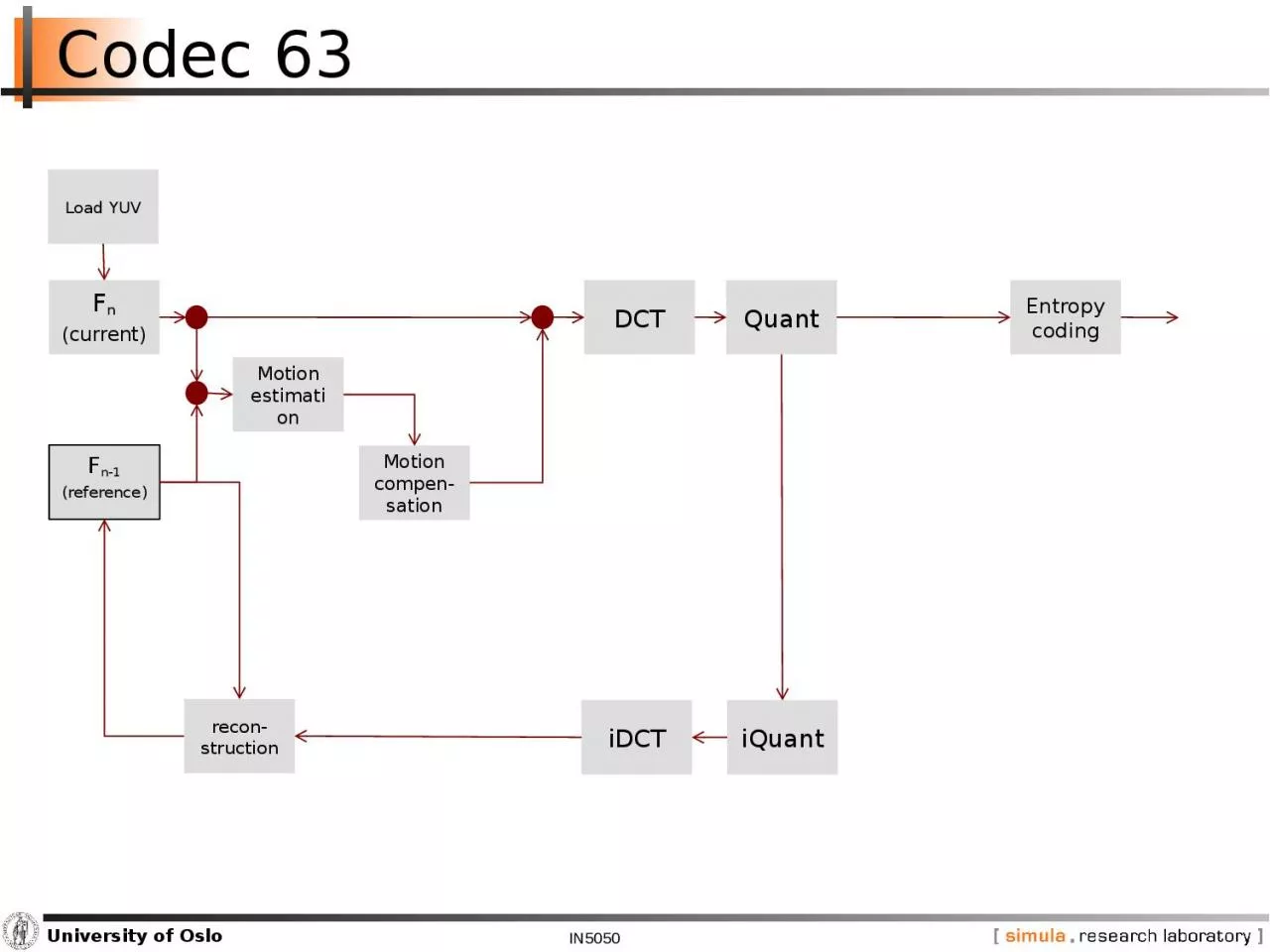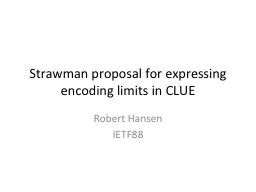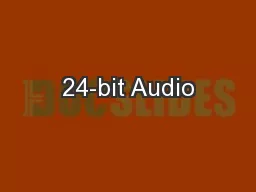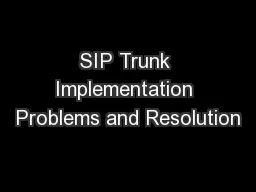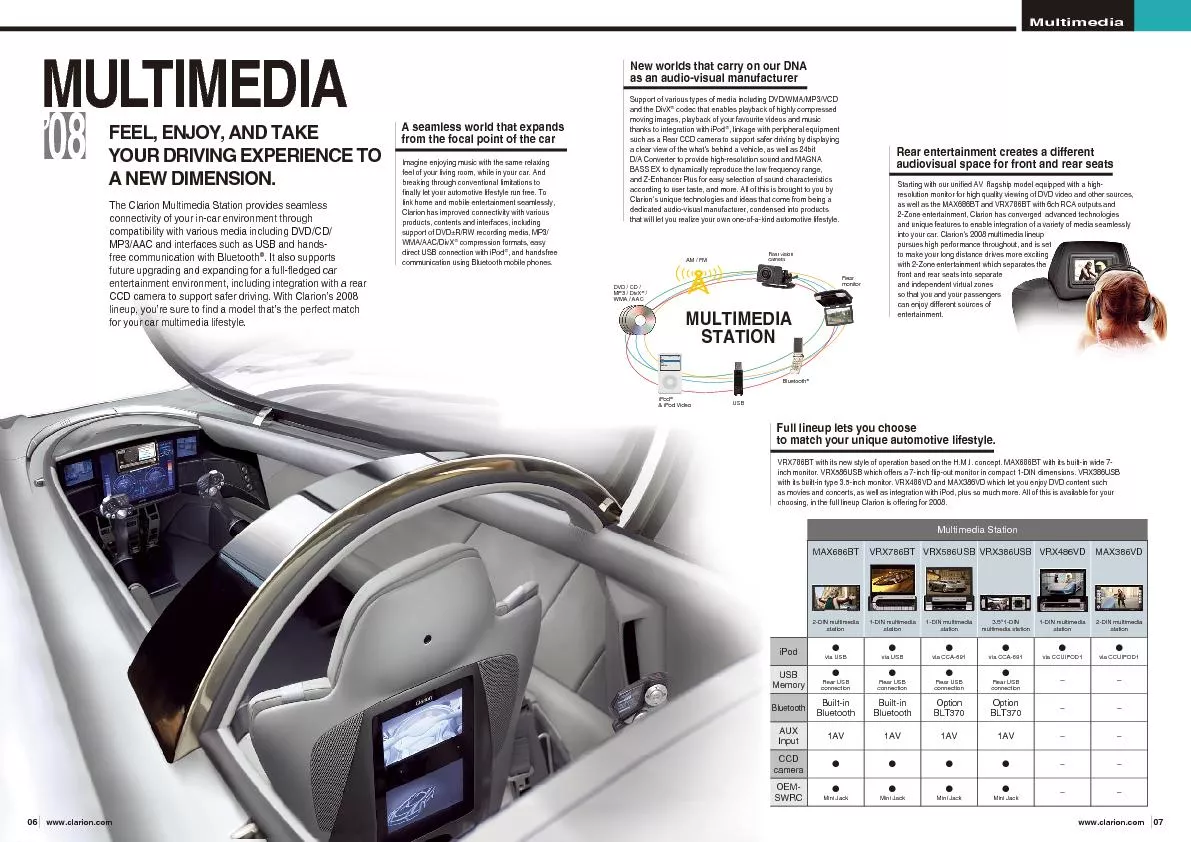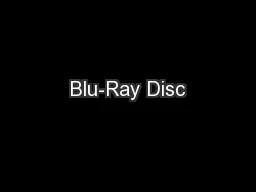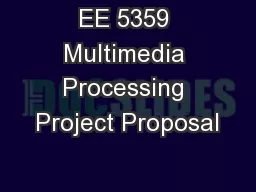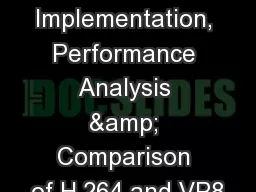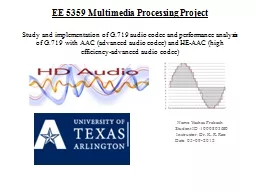PPT-Codec 63 F n (current) F
Author : anderson | Published Date : 2023-06-21
n1 reference Load YUV DCT iDCT iQuant Quant Entropy coding Motion estimation Motion compensation recon struction F n1 reference F n1 reference Not in Codec 63 F
Presentation Embed Code
Download Presentation
Download Presentation The PPT/PDF document "Codec 63 F n (current) F" is the property of its rightful owner. Permission is granted to download and print the materials on this website for personal, non-commercial use only, and to display it on your personal computer provided you do not modify the materials and that you retain all copyright notices contained in the materials. By downloading content from our website, you accept the terms of this agreement.
Codec 63 F n (current) F: Transcript
Download Rules Of Document
"Codec 63 F n (current) F"The content belongs to its owner. You may download and print it for personal use, without modification, and keep all copyright notices. By downloading, you agree to these terms.
Related Documents

